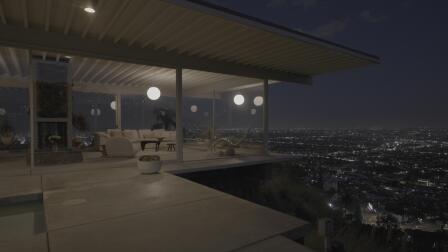Back to Show
Artbound
Dignidad Rebelde: Art is Protest
Melanie Cervantes and Jesus Barraza are the duo behind Dignidad Rebelde, a graphic arts collaboration that uses design to amplify the stories of people of color. They aspire to put art back into the hands of people. Taking inspiration from the work of Emory Douglas, they seek to use their art as a platform for social justice.
More Graphic Design Stories
Support Provided By
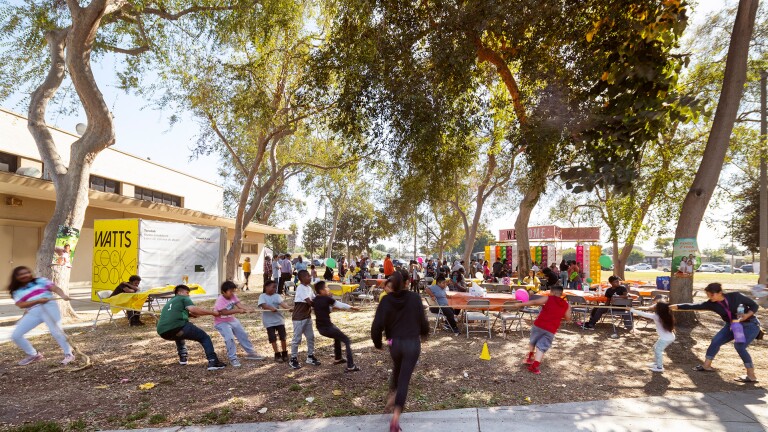
52:45
Artists created works to spark conversation about L.A. and sustainable futures.
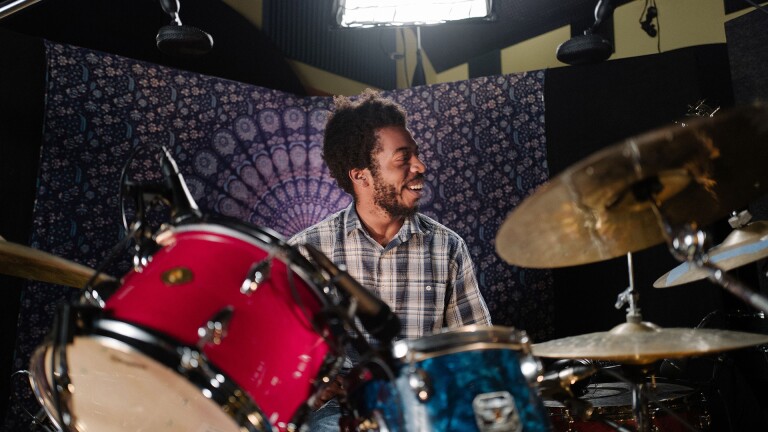
55:57
Drummer Mekala Session and other artists carry forward Los Angeles’ rich jazz legacy.
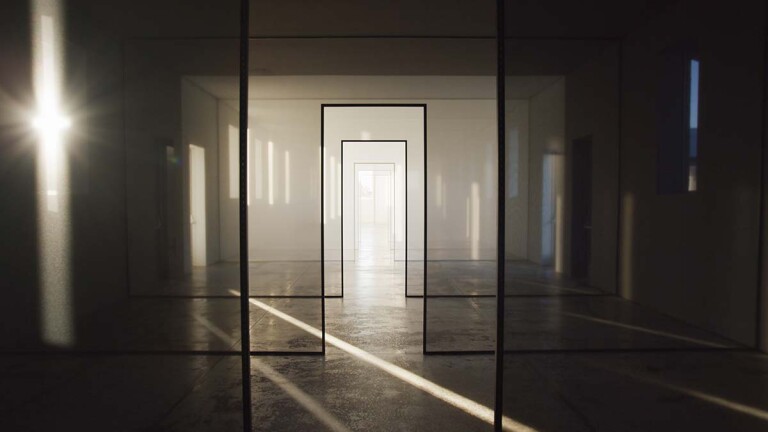
56:43
Robert Irwin, Larry Bell and Helen Pashgian explore perception, material and experience.
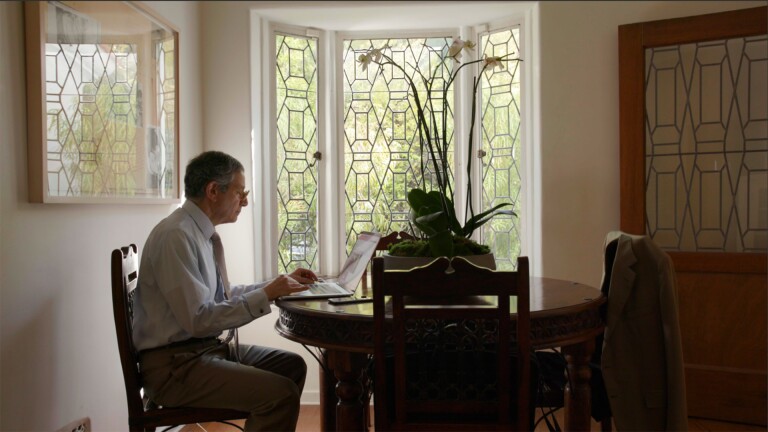
54:08
A behind-the-scenes look at the contemporary art world through the eyes of a legendary art dealer and curator, Jeffrey Deitch.
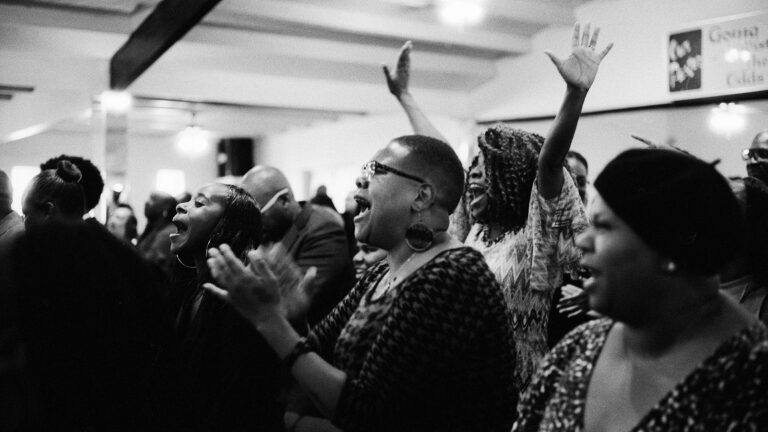
52:51
Gospel music would not be what it is today if not for the impact left by Los Angeles in the late 60’s and early 70’s, a time defined by political movements across the country.

56:18
Inspired by Oaxacan traditions, Dia de Los Muertos was brought to L.A. in the '70s as a way to enrich and reclaim Chicano identity. It has since grown in proportions and is celebrated around the world.
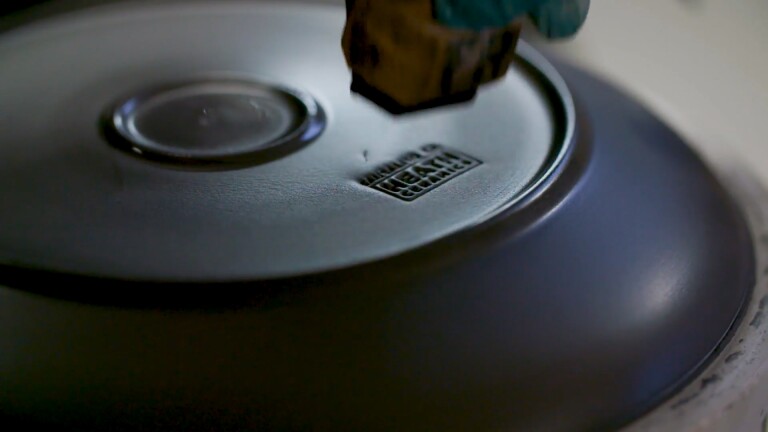
54:58
"Artbound" looks at the dinnerware of Heath Ceramics and a design that has stood the test of time since the company began in the late 1940’s.
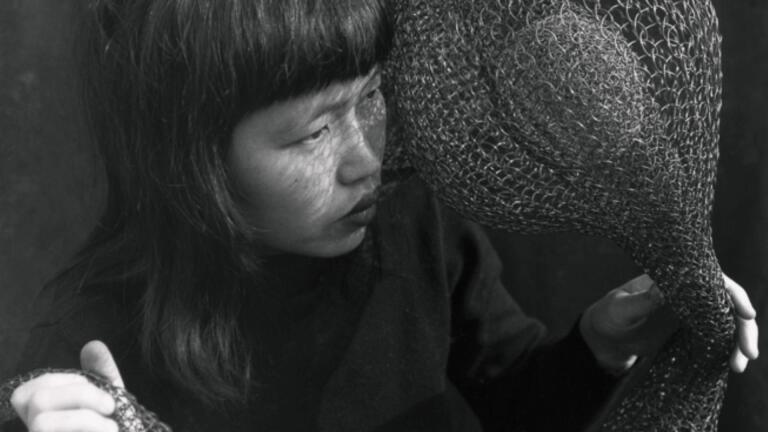
56:06
Japanese American influence in postwar American art and design is unparalleled.

56:34
Native American basketry has long been viewed as a community craft, yet the artistic quality and value of these baskets are on par with other fine art.
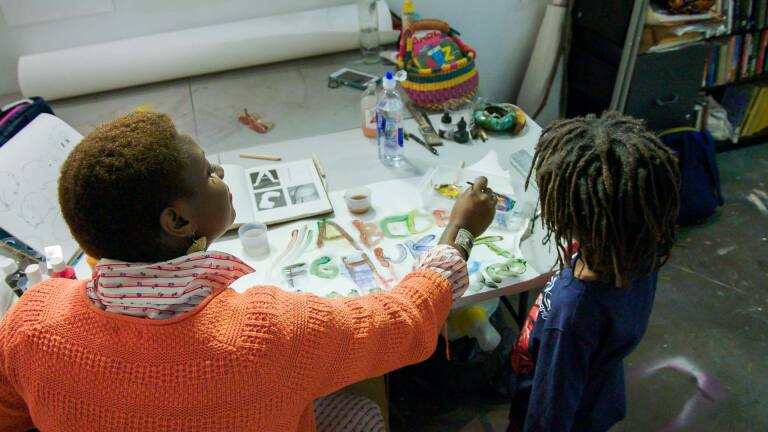
56:40
There's a persisting assumption in contemporary art circles that you can't be both a good artist and good mother. These fou artists are working to shatter this cliché, juggling demands of career and family and finding ways to explore the maternal.
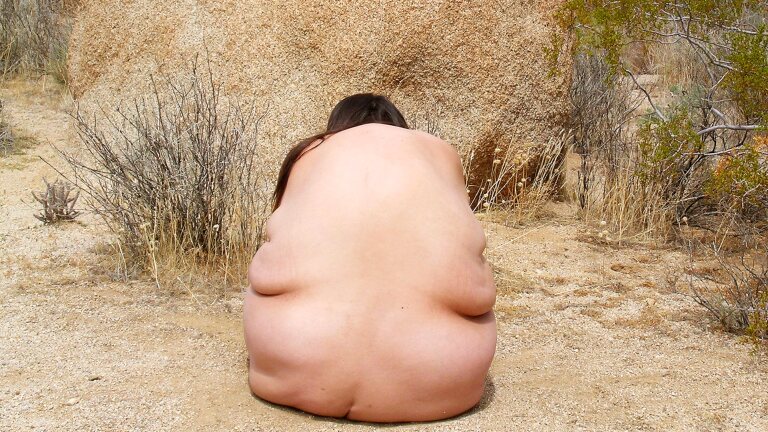
53:20
Throughout its history, the natural beauty of California has inspired artists from around the world. Today, as artists continue to engage with California’s environment, they echo and critique earlier art practices that represent nature in California.
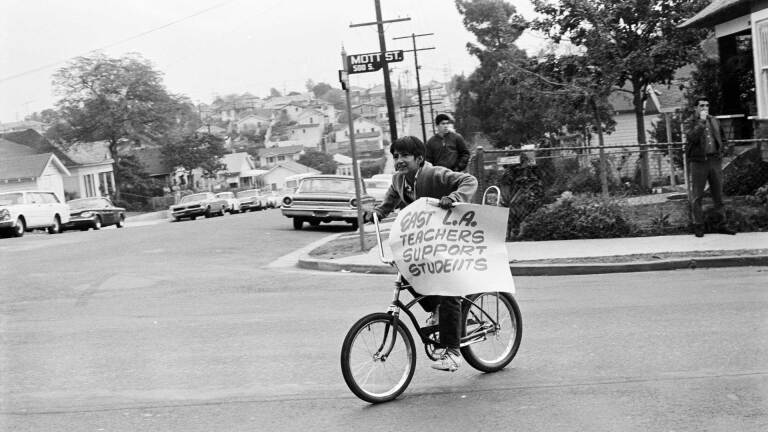
57:10
In East L.A. during the 1960s and 1970s, a group of young activists used creative tools like writing and photography as a means for community organizing, providing a platform for the Chicano Movement.


